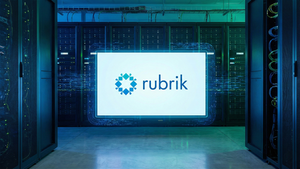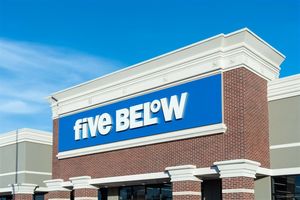
From fast food to fine dining, restaurants play a vital societal role. But the side dish is that they’re quite difficult to operate because high inventory and labor costs generally lead to thin margins at the store level. This leaves little room for error if demand dries up, and it seems like the market has some reservations as the industry has tumbled by 7.1% over the past six months. This drop is a noticeable divergence from the S&P 500’s 14.9% return.
Some companies can grow regardless of the economic backdrop, but the odds aren’t great for the ones we’re analyzing today. On that note, here are three restaurant stocks we’re swiping left on.
Sweetgreen (SG)
Market Cap: $983.5 million
Founded in 2007 by three Georgetown University alum, Sweetgreen (NYSE: SG) is a casual quick service chain known for its healthy salads and bowls.
Why Does SG Worry Us?
- Persistent operating margin losses suggest the business manages its expenses poorly
- Capital intensity has ramped up over the last year as its free cash flow margin decreased by 7.3 percentage points
- Limited cash reserves may force the company to seek unfavorable financing terms that could dilute shareholders
At $8.35 per share, Sweetgreen trades at 24.2x forward EV-to-EBITDA. If you’re considering SG for your portfolio, see our FREE research report to learn more.
Dine Brands (DIN)
Market Cap: $387.4 million
Operating a franchise model, Dine Brands (NYSE: DIN) is a casual restaurant chain that owns the Applebee’s and IHOP banners.
Why Is DIN Risky?
- Lagging same-store sales over the past two years suggest it might have to change its pricing and marketing strategy to stimulate demand
- Costs have risen faster than its revenue over the last year, causing its operating margin to decline by 4.6 percentage points
- 6× net-debt-to-EBITDA ratio shows it’s overleveraged and increases the probability of shareholder dilution if things turn unexpectedly
Dine Brands is trading at $25.19 per share, or 5.1x forward P/E. Check out our free in-depth research report to learn more about why DIN doesn’t pass our bar.
Potbelly (PBPB)
Market Cap: $515.5 million
With a unique origin story where the company actually started as an antique shop, Potbelly (NASDAQ: PBPB) today is a chain known for its toasty sandwiches.
Why Should You Sell PBPB?
- 2.1% annual revenue growth over the last six years was slower than its restaurant peers
- Subscale operations are evident in its revenue base of $469.1 million, meaning it has fewer distribution channels than its larger rivals
- Negative returns on capital show that some of its growth strategies have backfired
Potbelly’s stock price of $17.05 implies a valuation ratio of 27.6x forward EV-to-EBITDA. Read our free research report to see why you should think twice about including PBPB in your portfolio.
Stocks We Like More
Donald Trump’s April 2025 "Liberation Day" tariffs sent markets into a tailspin, but stocks have since rebounded strongly, proving that knee-jerk reactions often create the best buying opportunities.
The smart money is already positioning for the next leg up. Don’t miss out on the recovery - check out our Top 6 Stocks for this week. This is a curated list of our High Quality stocks that have generated a market-beating return of 183% over the last five years (as of March 31st 2025).
Stocks that made our list in 2020 include now familiar names such as Nvidia (+1,545% between March 2020 and March 2025) as well as under-the-radar businesses like the once-micro-cap company Kadant (+351% five-year return). Find your next big winner with StockStory today for free. Find your next big winner with StockStory today. Find your next big winner with StockStory today
StockStory is growing and hiring equity analyst and marketing roles. Are you a 0 to 1 builder passionate about the markets and AI? See the open roles here.




